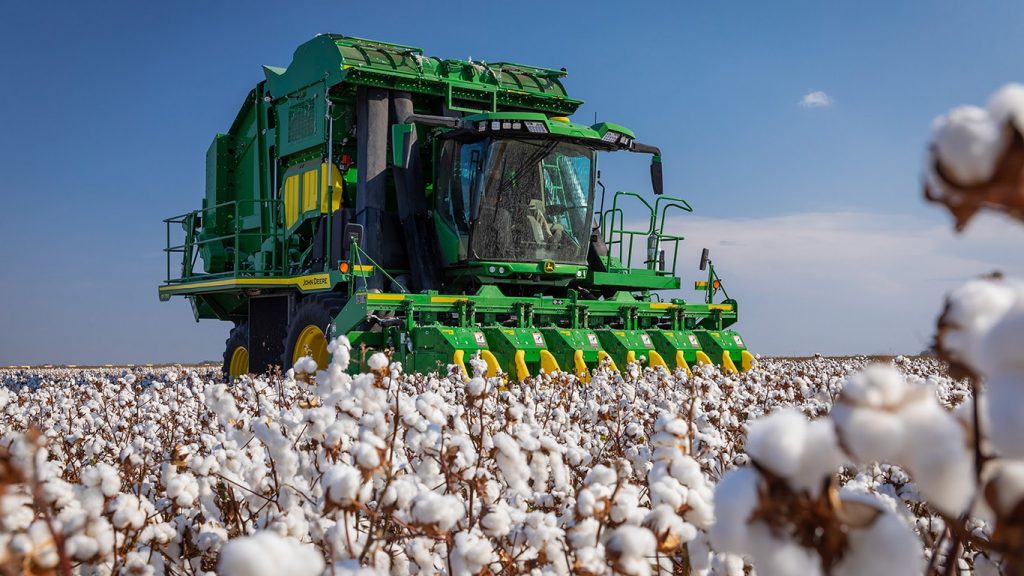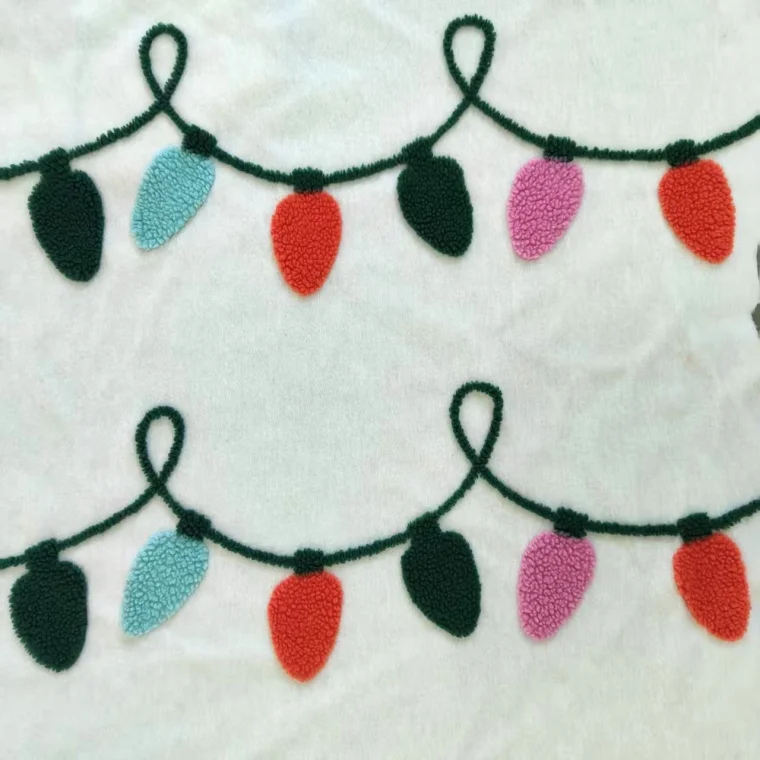Unveiling the Finest Threads: Unraveling the Secrets of the Highest Quality Cotton
3 min read
When it comes to cotton, not all fibers are created equal. The quest for the highest quality cotton has been a pursuit of textile enthusiasts, fashion designers, and consumers alike. In this article, we delve into the world of cotton and explore the factors that contribute to its quality. From the cultivation methods to the characteristics that set it apart, we aim to uncover the secrets behind the finest threads.
- The Origins of Quality:
To understand the highest quality cotton, we must first explore its origins. The search often leads us to regions renowned for their cotton production, such as Egypt, the United States, and Peru. These regions boast ideal climatic conditions, including a combination of warm temperatures, abundant sunshine, and well-drained soil, which contribute to the growth of superior cotton fibers. - The Gossypium Species:
Within the cotton plant family, the Gossypium species plays a crucial role in determining quality. Among the various species, Gossypium barbadense stands out as the pinnacle of cotton excellence. Commonly known as extra-long staple (ELS) cotton, it possesses fibers that are longer, finer, and stronger than those of other species. ELS cotton is highly sought after for its luxurious feel, durability, and ability to produce fabrics with exceptional luster. - The Fiber Characteristics:
The highest quality cotton is distinguished by its exceptional fiber characteristics. These include: a. Staple Length: Longer staple lengths, such as those found in ELS cotton, contribute to smoother, more durable fabrics with reduced pilling and increased resistance to wear and tear. b. Fiber Fineness: Finer cotton fibers provide a softer, more luxurious feel, making them highly desirable for high-end textiles and garments. c. Strength and Uniformity: Strong and uniform fibers ensure greater fabric integrity, reducing the risk of breakage and ensuring consistent quality throughout the material. - Cultivation and Harvesting Techniques:
The cultivation and harvesting techniques employed play a vital role in preserving the quality of cotton. Handpicking, a meticulous process where skilled workers selectively harvest the cotton bolls, ensures minimal damage to the fibers. This method is often favored for high-quality cotton, as it allows for the removal of immature or damaged fibers, resulting in a purer end product. - The Role of Technology:
Advancements in technology have revolutionized cotton production, enabling enhanced quality control and increased efficiency. Modern techniques, such as precision agriculture, genetic engineering, and state-of-the-art machinery, have improved crop yields, fiber quality, and sustainability practices. These technological advancements have further elevated the standards of the highest quality cotton.
Conclusion:
In the realm of cotton, the highest quality fibers are a result of meticulous cultivation, favorable growing conditions, and a deep understanding of the characteristics that define excellence. From the sought-after Gossypium barbadense species to the careful selection of longer staple lengths and finer fibers, every aspect contributes to the creation of fabrics that exude luxury, durability, and unparalleled comfort. As we unravel the secrets behind the highest quality cotton, we gain a newfound appreciation for the craftsmanship and dedication that go into producing the finest threads.

